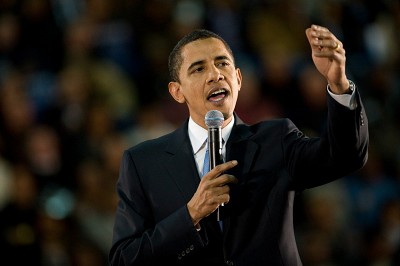Formal Speech Style Examples
Formal speech is used in professional settings, such as business meetings, presentations and job interviews; it’s important to stay aware of your audience when using a formal style of speaking. This article will explain the various types of formal speech style examples available and how they should be used.
Formal speech style examples include using the active voice, avoiding slang and colloquialisms, using precise language to express ideas, and correctly using grammar in written form. When speaking in a formal setting, staying professional is key: use language that is measured and respectful.
If you are looking to improve your formal speech, you’re in the right place! Read on to learn more about formal speech style and how it can be used in the right situations.
4 Main Formal Speech Style Examples
Formal speech is by far the most common type of speech you will encounter in your life. In a formal setting, it is crucial to ensure that your language and speech delivery are appropriate for the situation. Here some examples of formal speech style:
1. Using the active voice
The active voice is when the subject of the sentence performs an action. This makes the sentence simpler to understand and is a common choice when speaking formally. For example: “I took out the trash.” or “The board approved the proposal.”.
This is important because it helps to ensure that your message is clear, and avoids any confusion.
2. Avoiding slang and colloquialisms
Slang and colloquialisms should be avoided when speaking formally in order to present information professionally. Instead of using informal words such as “gonna” or “wanna”, use words that are standard English such as “going to” or “want to”.
Instead of using sayings like “That’s a cool idea!” try using language that is more neutral yet still communicates the same message. For example, instead use: “That’s an interesting idea!”
3. Using precise language to express ideas
Formal speech should be clear, concise and direct – use precise language to effectively communicate your message without any confusion or ambiguity. This means avoiding long and drawn out sentences and using words that are specific enough to get the point across. For example: “The survey results show an increase in customer satisfaction.”
4. Correctly using grammar in written form
In a formal setting, it is especially important to use proper grammar and punctuation – this shows that you are knowledgeable and professional. It’s worth taking the time to double-check your work before submitting it or presenting it to ensure everything is correct.
These are just a few formal speech style examples, but the key takeaway is to stay professional and respectful when speaking in a formal setting.
READ MORE ABOUT SPEECH STYLES & DELIVERY
-

The 5 Different Types of Speech Styles
-

How to Prepare and Deliver a Great Memorized Speech
-

An Easy Guide to All 15 Types of Speech
Why is Formal Speech Important?
Formal speech is important in many situations, as it helps ensure that the messages are clear, concise and respectful. Not only does this make it easier for people to understand what’s being said but it also shows respect for the other person or persons involved.
Formal language can also help create a more professional atmosphere which can be beneficial if you want to come across in a positive light. Additionally, using formal language demonstrates that you have good command of the English language and are knowledgeable on a subject matter – both of which can help you stand out from the crowd!
Understanding how to effectively communicate in a formal setting will show your audience that you are confident and capable, and can help you to make an impactful impression.
The table below shows various settings where formal speech is crucial:
| Settings |
| Business Meeting |
| Graduation Ceremony |
| Courtroom |
| Conference Presentation |
| Diplomatic Meeting |
| Wedding Toast |
| Funeral Eulogy |
| Job Interview |
| Award Acceptance Speech |
| Academic Lecture |
Note: The formal speech examples provided in the above table are hypothetical examples and may not reflect the specific language used in real-life situations. Additionally, the language used in formal speech can vary depending on the specific cultural and social norms of a given setting.
FAQs
What are examples of formal and informal speech?
Formal speech is typically characterized by precise language, correct grammar and punctuation, respect for other individuals, and an overall professional atmosphere. Examples of formal speech include business meetings, lectures, interviews, presentations and speeches.
Informal speech is more casual in nature and can be characterized by the use of slang words or colloquialisms as well as a more relaxed attitude towards grammar and punctuation. Examples of informal speech include conversations with friends, family, or acquaintances.
What are the two examples of formal writing?
Two examples of formal writing are business letters and academic essays. Business letters should adhere to a specific format and be written in a professional tone, using appropriate language and grammar.
Academic essays typically require the use of precise language, correct grammar and punctuation, as well as an overall professional attitude towards the subject matter. Both types of formal writing also require research and the use of reliable sources to back up any claims made.
Conclusion
In conclusion, formal speech is an important skill that everyone should strive to master. Being able to effectively communicate in a professional manner will serve you well whether you are delivering a presentation or engaging in everyday conversations. By following the tips outlined above, you’ll be sure to impress those around you with your confident and polished speaking style!








